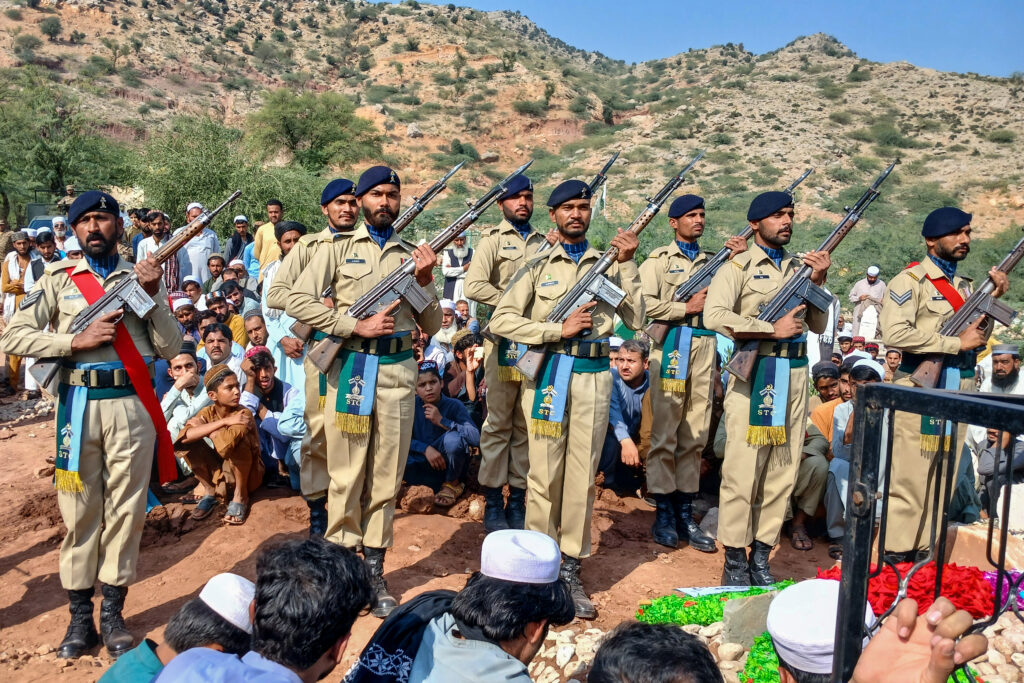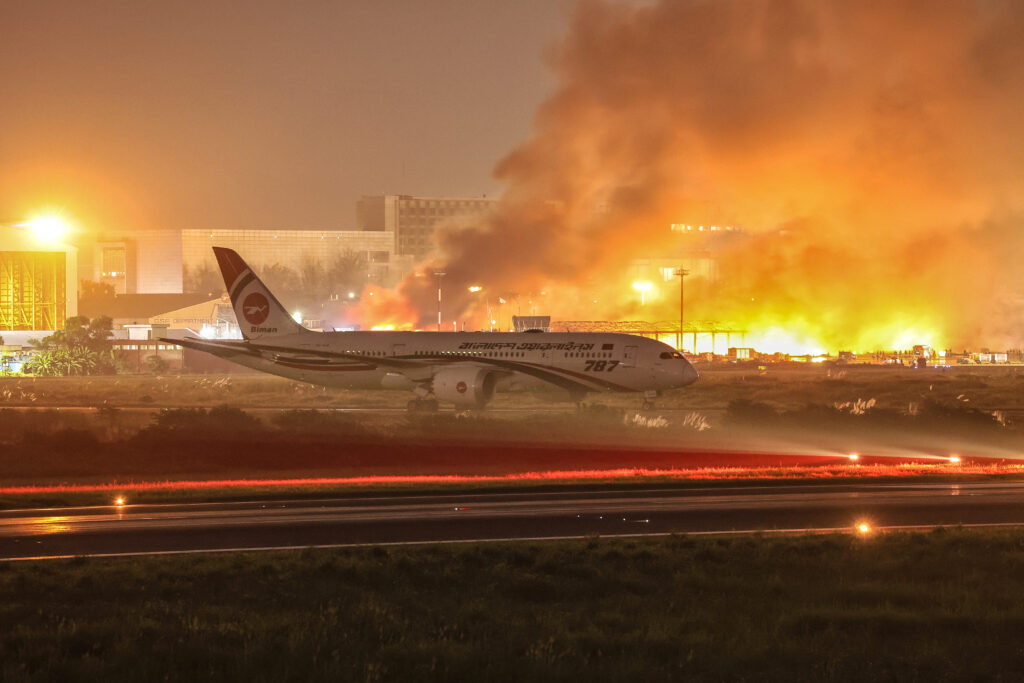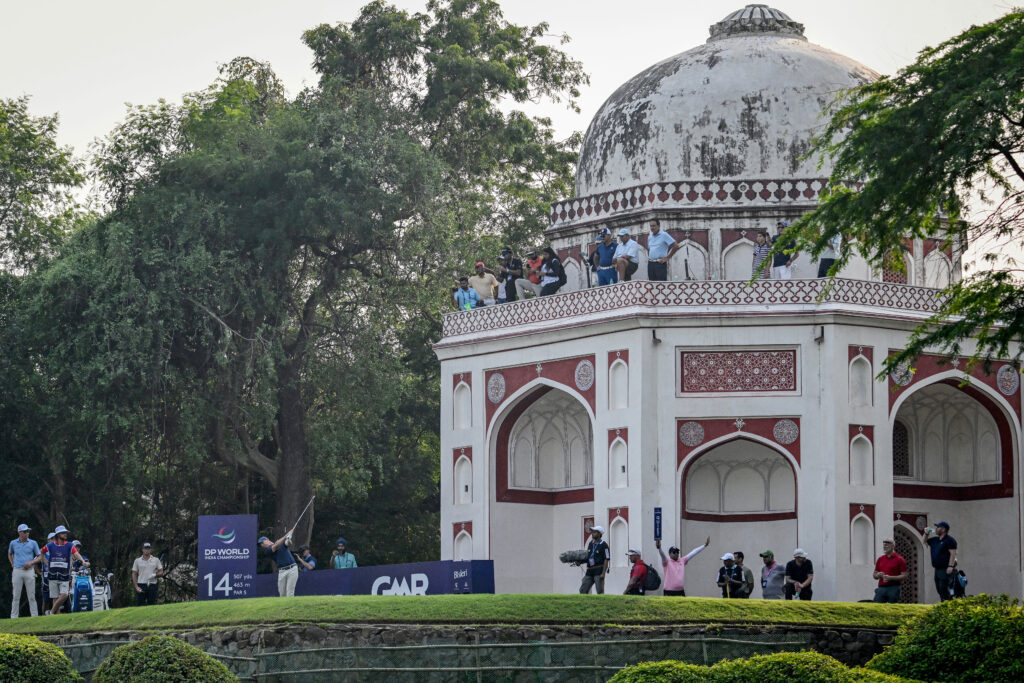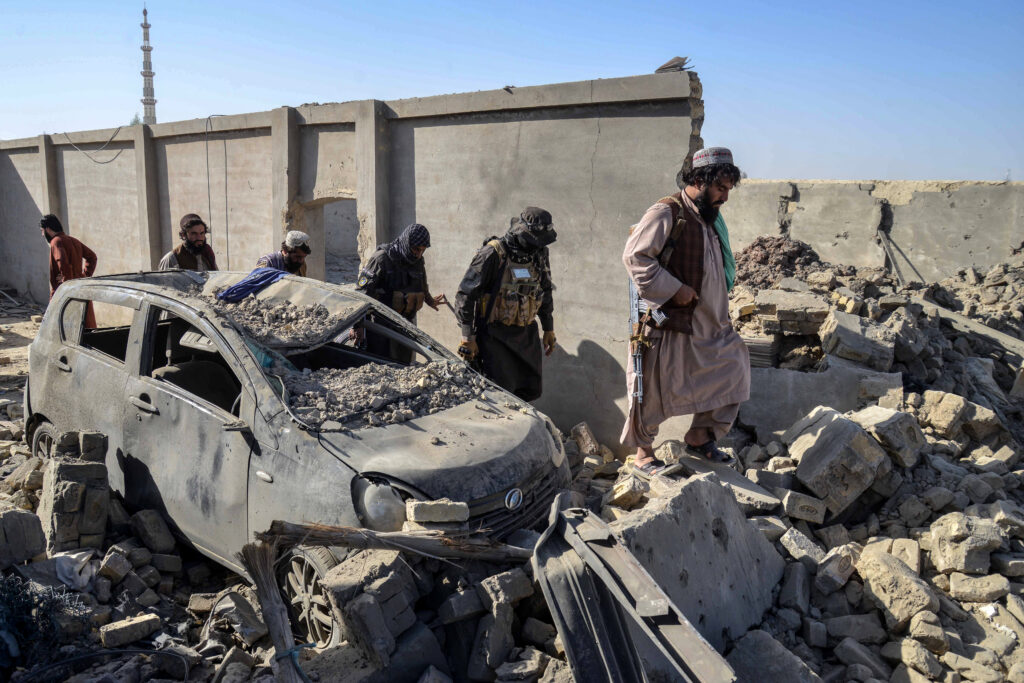Bollywood’s favourite romance still going strong after 30 years
India’s longest-running film celebrates 30 years in the same cinema on Monday, a Bollywood romance so beloved that fans know it simply by its acronym “DDLJ”.First released on October 20, 1995, “Dilwale Dulhania Le Jayenge”, or “The Brave Hearted Will Take the Bride” has been running daily at Mumbai’s Maratha Mandir theatre since its debut.”I have seen it about 30 times… and I will continue watching it,” said Mohammad Shakir, 60, smiling as he bought another 40 rupee ($0.45) ticket.The film, which catapulted Shah Rukh Khan to superstardom and redefined modern Hindi romance, still weaves its magic.Every day at 11:30 am, audiences gather for a nostalgic escape and to relive the story of young love defying tradition.”The weekday crowd typically consists of college students and young couples,” said cinema head Manoj Desai.”On Sundays, you will find around 500 people, even after 30 years.”It has been running for more than 1,500 weeks, far outstripping the five-year run of action-thriller “Sholay”, or “Embers”, at another Mumbai theatre.- ‘Goosebumps’ -The film explores the clash between liberal values of second-generation Indians abroad and the conservative values of their parents.Its climax — when the heroine runs alongside a moving train into her lover’s arms — still draws whistles, cheers and applause.”This is the goosebump moment,” Desai said. “The father letting his daughter go, saying she won’t find a better partner to spend her life with.”Some fans have made “DDLJ” part of their lives — one woman has been coming for 20 years.”We don’t charge anything from her — we pay for the ticket,” Desai said. “Where will you get a patron like this?”Even younger audiences remain captivated. “In our generation today, we often see transactional relationships,” said 23-year-old Omkar Saraf, who hadn’t been born when the film was released.”But in this film, the hero crosses all boundaries to win his love with no expectations,” he said.”We have watched it on television, on our mobiles, but the big screen gives us goosebumps.””DDLJ” has even shaped real love stories for some.One couple watched it while dating and invited Desai to their wedding.”They went abroad for their honeymoon — and came back to watch the movie,” Desai said.- ‘Cultural monument’ -The film’s screening was almost discontinued in 2015, but an uproar meant the fan favourite remained in its daily time slot at the Maratha Mandir, according to the Hindustan Times. The theatre itself has also changed little, its vintage charm intact with counters serving steaming cups of tea and deep-fried samosa snacks.Its location near Bombay Central Station adds to its story, as travellers often catch a show before heading to their destinations.Those include visitors from abroad.”The film is like Romeo and Juliet, with a happy ending,” said Kelly Fernandez, a tourist from Spain who had wanted to see a Bollywood movie.”Even though we didn’t understand the language, we enjoyed the music, dance and costumes.”Film critic Baradwaj Rangan sees the film’s endurance as a love letter to an India grappling with old and new values.”It represents a certain point in Indian culture, and that is why it is still loved,” Rangan told AFP, saying it “perfectly captured” the friction between two generations.”The film has become a kind of cultural monument,” Rangan said. “I think it is going to be playing forever.”





